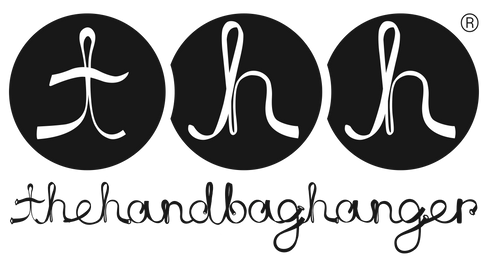The re-sale market for designer bags is huge, and many of us choose to buy vintage or second hand items for a number of reasons: they’re cheaper, or we may want a particular style of a bag that’s no longer produced. However, this can be risky as the last thing you want is to end up with a very expensive fake. Authentic designer bags can be investment pieces, prices of many have grown exponentially. When you buy a fake, you’re not investing in anything. You can’t resell it, and when it starts falling apart (which most likely it will), you basically have to bin it.

Did you guess which one is real? The one on the right's the fake. Photo: racked.
So before you make that purchase, here are some tips:
Craftsmanship.
The stitching should be perfectly even – no loose threads or back-and-forth stitching at the end of a seam (that’s a sign of sloppy construction – something none of the top brands would stand for).
Any labels or writing should be perfectly straight and parallel to stitching.

Loose threads and back-and-forth stitching are a dead giveaway. Photo: racked

Authentic LV on left. Note that the stitching on the fake (right side) is not perfectly straight and is pressing too tight into the material. Photo: racked

Authentic label on left. Note: type on fake is not straight, it slopes down on the right and is not parallel to the stitching. Photo: racked
Details.
Check the seams for matching – whether it be the quilting on a Chanel bag, or the pattern on a Louis Vuitton. Any company that values its logo, wouldn’t divide the letters in a seam. And wherever a pattern appears either side of a seam, it should match perfectly.
Lining.
Counterfeiters often work off photographs, so rarely have a good view of the inside of a bag. The photos often have inaccurate colour representation. So a good trick is to go into an authentic boutique, have a look at the colour yourself, and compare it to the one you’re considering buying. The colour should be exactly the same shade as the real thing – not close, but exact.
Pockets.
Once again, because counterfeiters work off photographs (so they easily get things wrong), pockets can be a great ‘clue’ as to whether or not you’re dealing with the real deal or an imposter. Fakes regularly have pockets that are the wrong size, so again, a check against a genuine item will tell you pretty quickly. Also, it’s worth noting that vintage Chanel chain bags have a pocket on the back, a detail many counterfeiters miss.
Place of Manufacture.
Louis Vuitton knockoffs are quite often routinely marked as ‘Made in France’; however, not all LVs are made there. Some lines are made in Spain. An example: a collaboration between Louis Vuitton’s creative director Marc Jacobs, and the artist Takashi Murakami featuring cherry blossoms with whimsical smiley-face centres against the company’s classic brown toile background. So whilst a manufacturing stamp may seem like a great way of identifying the read thing, it can be misleading (these counterfeiters are a tricky bunch!).
Materials.
Not all designer bags are made of leather. For example, Louis Vuitton is coated canvas with leather trim. If the trim is supposed to be leather, it should feel dry — not oily, slippery or sticky. The hardware should be heavy — not hollow. And if it’s imprinted with the designer’s name, make sure it’s supposed to be.
Authenticity Card.
Authenticity cards are also easily copied by counterfeiters, so don’t be fooled, just because the bag has an ‘authenticity card’, it doesn’t necessarily make it genuine. As with most of the other identifiers, look for inconsistencies including font size, the type used for the bag numbers, and any fake looking symbol stickers. Also note, Louis Vuitton and Hermes bags don't have authenticity cards at all (so if your bag has one, it should set off alarm bells).
So in short, what you really need to look out for are any imperfections, sloppiness or inconsistencies (especially when dealing with Hermès – their artisans are absolute perfectionists). And if at all possible, go have a look at the real thing to compare the bag in question to.
Caveat emptor.

Authentic Birkin on left. The stamp is high and very close to the stitching; the stamp on the genuine Birkin appears to be part of the leather; on the right, it sits on top of the leather.
Do you have any other tips? Have you ever bought a bag thinking it was ‘real’, only to later find out it was a fake? I’d love to hear from you.
